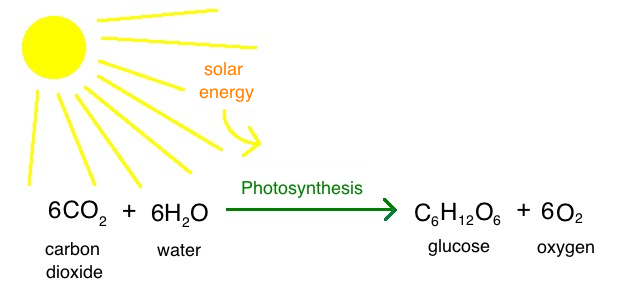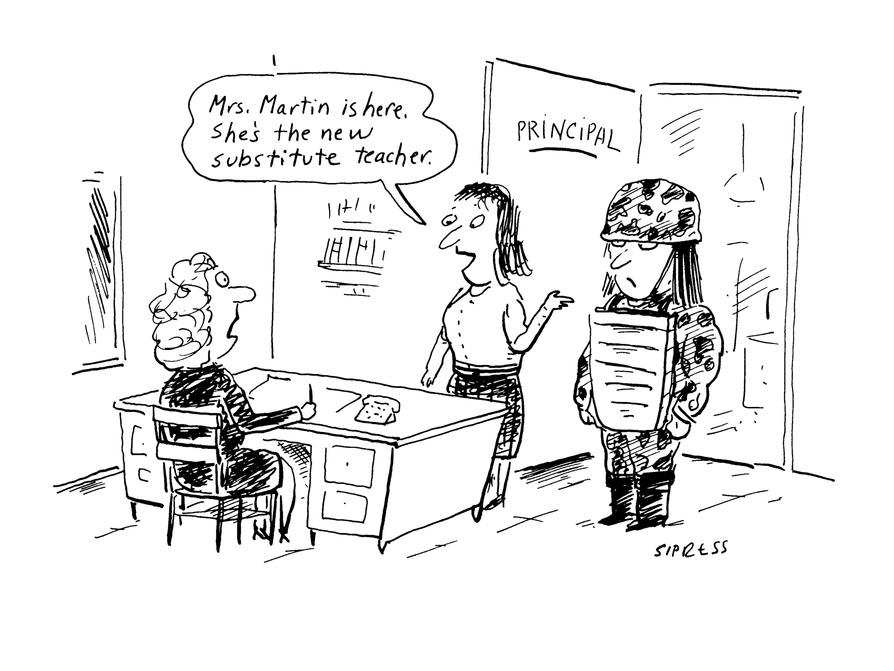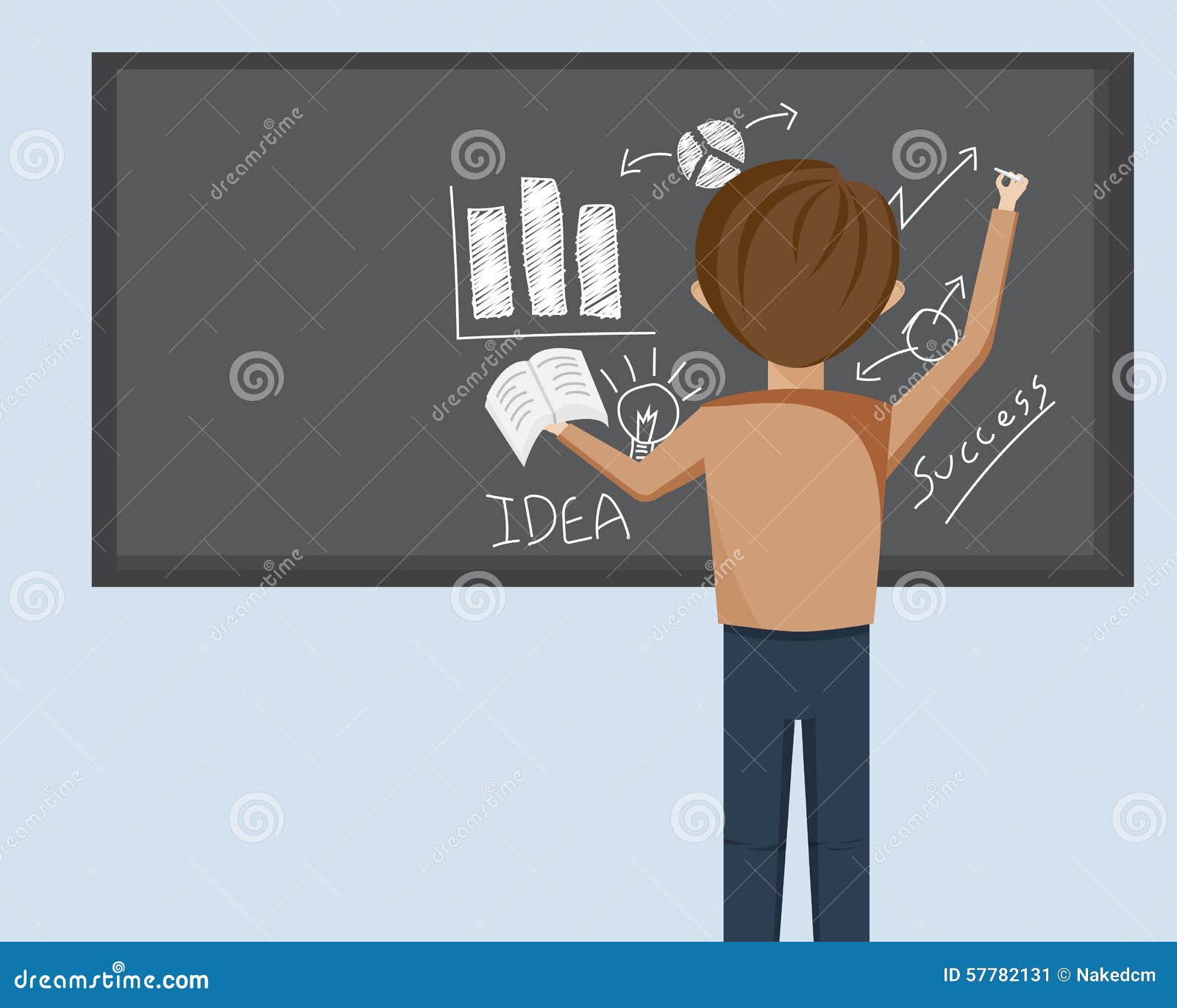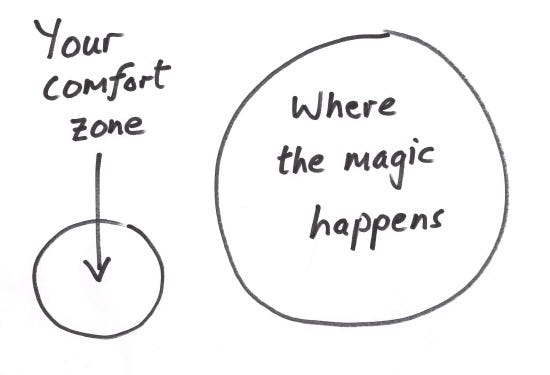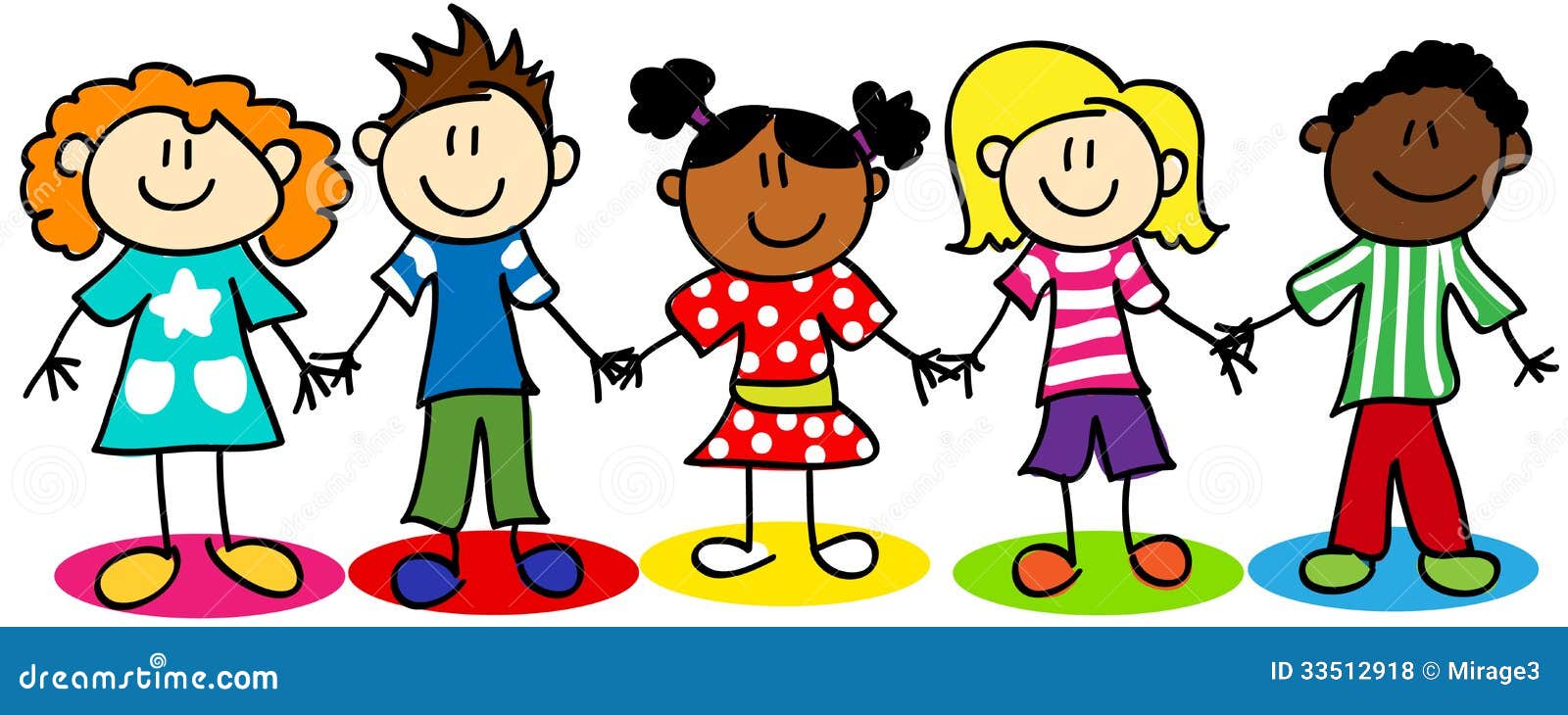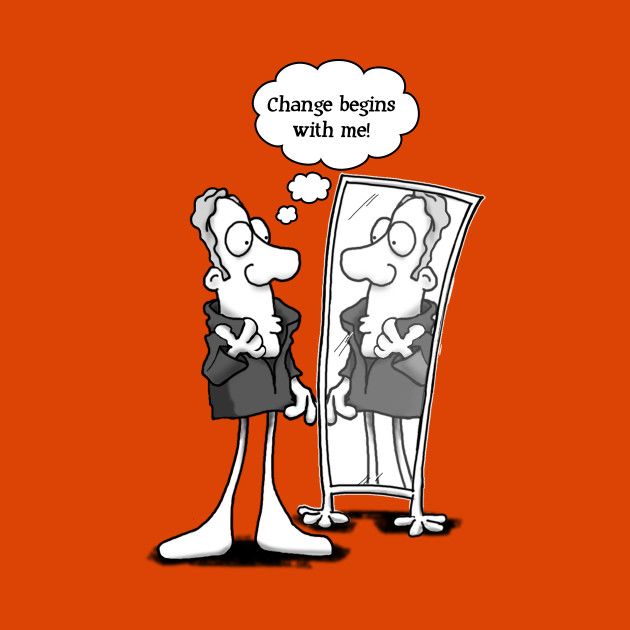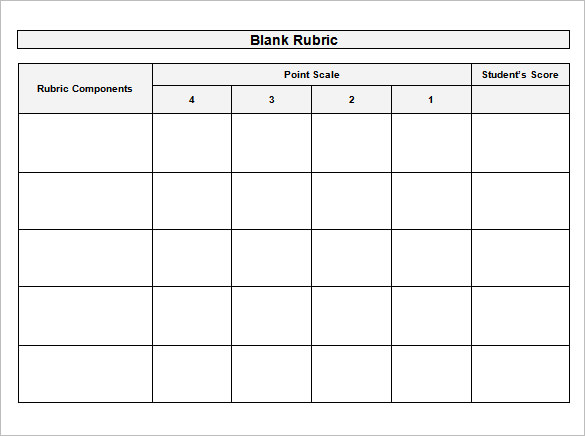What is Assessment and how do we use it?
Assessment is the tool that we use to gain knowledge of where our learners are at in the subject matter we are teaching. It is also used to see how well they understood what you had taught. To see where the learners are at throughout your teaching is known as formative assessment. When you are trying to look at the overall picture to see what they grasped over your series of lessons is known as summative assessment.

There are different ways that we can assess students. Depending on what you taught your students can determine what type of assessment you are going to use. For instance, if you taught something that is very hands on and has step by step procedure it would make sense to do a practicum in the sense that they need to demonstrate it in front of you to show that they had learned and gained the skill that you wanted them to. However, if you taught them something that is very knowledge based like parts of a goat, then you might want to take the route of giving them an image of a goat and have parts that they need to label.
You can also check for understanding throughout your lessons by having them do knowledge based activities. Such as you taught them different concepts that can connect in certain ways. Maybe you would have them do a concept map to see what direction their thoughts are heading with the subject matter you had taught.
Assessments can also be used before you even start teaching! you can use pre-assessments to see where your learners are at even before you begin teaching. This way you don't waste your time or their time teaching content that they already know about.
When reading through about assessment one thing that I got caught up on and never really thought about was having to make adaptations of the test to students with disabilities and ELL learners. making adaptations according to what a student's IEP may require is an obvious adaption, but how do you adapt when they don't have an outlined required adaptation. So, I am going to take this moment to pose a question to my readers.
If you have had to do this before, how do you make adaptions and it still be fair to ALL students?
If you have not ever done this for an assessment before, how do you think you would go about making these adaptations?
I want all students to feel as though they have an equal opportunity to succeed in my classroom, however on the same wavelength I want all of my students to feel that they are being treated fairly. Any advice on how to balance these two things would be appreciated greatly.
When doing assessments one tool that is very useful and important is if it's not a multiple choice test with an answer key, then you need to have some sort of way to grade the assessment at hand. This tool would be a rubric. Rubrics ensure that there is a certain critera that students have to meet and it keeps it so you don't seem bias towards any one learner. It's a good way to make a sort of check list so that you can remember everything the student needs to do. It also helps the student's clearly know what they need to do.
